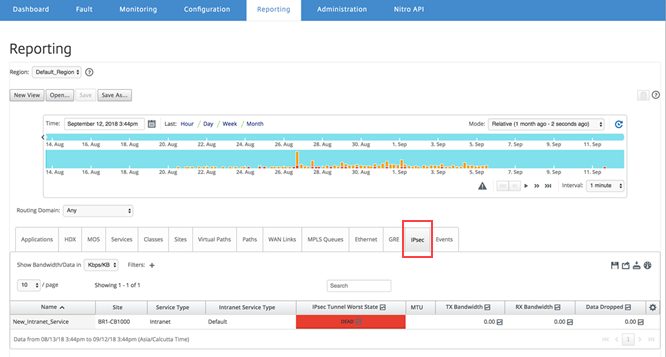This content has been machine translated dynamically.
Dieser Inhalt ist eine maschinelle Übersetzung, die dynamisch erstellt wurde. (Haftungsausschluss)
Cet article a été traduit automatiquement de manière dynamique. (Clause de non responsabilité)
Este artículo lo ha traducido una máquina de forma dinámica. (Aviso legal)
此内容已经过机器动态翻译。 放弃
このコンテンツは動的に機械翻訳されています。免責事項
이 콘텐츠는 동적으로 기계 번역되었습니다. 책임 부인
Este texto foi traduzido automaticamente. (Aviso legal)
Questo contenuto è stato tradotto dinamicamente con traduzione automatica.(Esclusione di responsabilità))
This article has been machine translated.
Dieser Artikel wurde maschinell übersetzt. (Haftungsausschluss)
Ce article a été traduit automatiquement. (Clause de non responsabilité)
Este artículo ha sido traducido automáticamente. (Aviso legal)
この記事は機械翻訳されています.免責事項
이 기사는 기계 번역되었습니다.책임 부인
Este artigo foi traduzido automaticamente.(Aviso legal)
这篇文章已经过机器翻译.放弃
Questo articolo è stato tradotto automaticamente.(Esclusione di responsabilità))
Translation failed!
IPsec tunnel report
IP Security (IPsec) protocols provide security services such as encrypting sensitive data, authentication, protection against replay, and data confidentiality for IP packets. Encapsulating Security Payload (ESP), and Authentication Header (AH) are the two IPsec security protocols used to provide these security services.
In IPsec tunnel mode, the entire original IP packet is protected by IPsec. The original IP packet is wrapped and encrypted, and a new IP header is added before transmitting the packet through the VPN tunnel.
For more information about configuring IPsec tunnels on Citrix SD-WAN appliances, see IPsec Tunnel Termination.
Citrix SD-WAN™ Center can show you the state of all the IPsec tunnels configured in your Citrix SD-WAN network.
To view IPsec tunnel statistics:
In Citrix SD-WAN Center, navigate to Reporting > IPsec Tunnels, and in the timeline control select a time period.
You can select and view reports of a particular time frame by using the timeline controls. For more information, see, Timeline controls.
You can also create, save, and open report views. For more information, see, Manage views.

You can view the following metrics:
- Name: Application name.
- Site: Name of the site.
- Service Type: Type of the service.
-
Intranet Service Type: Type of intranet service associated with the IPsec tunnel. The following are the type of intranet services:
- Default
- Microsoft Azure Virtual WAN
- Zscaler
- Citrix® SaaS Gateway
- IPsec Worst State: Worst state observed during the selected time period.
- MTU: Maximum transmission unit—size of the largest IP datagram that can be transferred through a specific link.
- TX Bandwidth: Bandwidth transmitted.
- RX Bandwidth: Bandwidth received.
- TX Packets: Number of packets transmitted.
- RX Packets: Number of packets received.
- Data Dropped: Data dropped, in Kbps.
- Packets Dropped: Number of packets dropped.
Note
Click the settings icon to select the metrics that you want to view.
Share
Share
In this article
This Preview product documentation is Cloud Software Group Confidential.
You agree to hold this documentation confidential pursuant to the terms of your Cloud Software Group Beta/Tech Preview Agreement.
The development, release and timing of any features or functionality described in the Preview documentation remains at our sole discretion and are subject to change without notice or consultation.
The documentation is for informational purposes only and is not a commitment, promise or legal obligation to deliver any material, code or functionality and should not be relied upon in making Cloud Software Group product purchase decisions.
If you do not agree, select I DO NOT AGREE to exit.